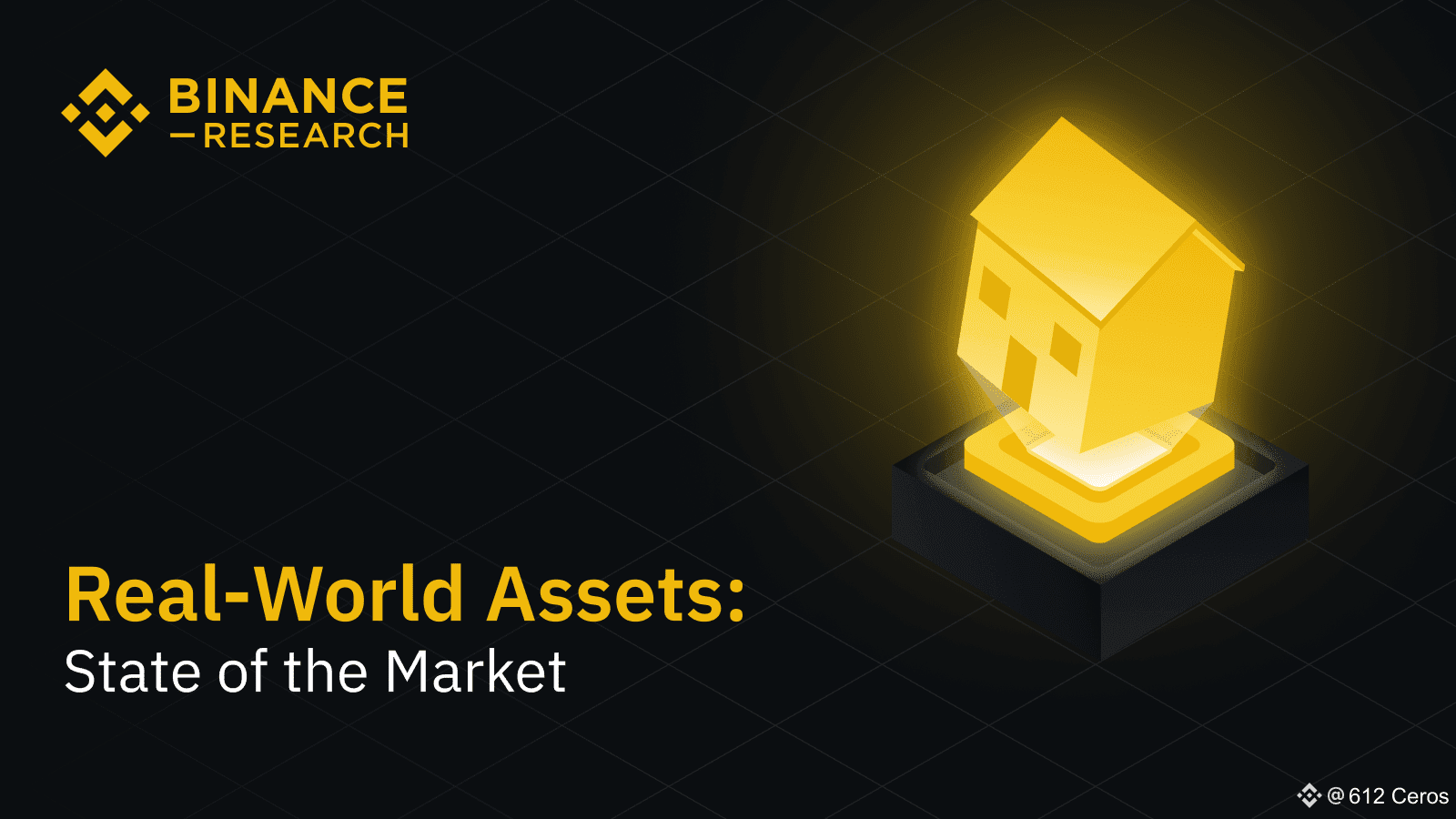Tokenizing real-world assets (RWAs) has shifted from pilot project to multi-billion-dollar reality in 2025. BlackRock, Franklin Templeton and J.P. Morgan now settle money-market shares, bonds and repo collateral on public or permissioned blockchains, while lawmakers on three continents race to catch up. Analysts at Boston Consulting Group peg the addressable market at “multi-trillion‐dollar” scale by 2030, and a July Cointelegraph survey projects US $16 T of tokenized treasuries, real-estate and private credit on-chain within five years. Why does it matter, what’s live today, and where are the pitfalls?

How RWA Tokenization Works 🔧
At its core, tokenization wraps the legal rights to an off-chain asset—cash, T-bills, property—into blockchain tokens. Custodians hold the legacy instrument; smart contracts track ownership, automate dividends and enable 24-hour peer-to-peer transfer. The promise: instant settlement, programmable cash-flows and fractional access—all without ripping out existing custody pipes.
Live Products That Already Move Billions 🏦
BlackRock BUIDL (Ethereum): daily on-chain dividends, instant transfer via Securitize; AUM in the billions.
Franklin Templeton FOBXX (Stellar / Polygon): an on-chain U.S. government money-market fund maintaining a stable US $1 NAV.
J.P. Morgan Onyx / Kinexys: intraday collateral repo; settlement shrinks from two days to minutes.
Société Générale-FORGE: €10 M green bond issued directly on Ethereum with real-time ESG data baked in.
Project Guardian (Singapore): banks tokenized deposits, FX and bond trades inside permissioned DeFi pools—proof that KYC’ed smart-contract liquidity can coexist with TradFi compliance.
Why TradFi Cares 📈
Efficiency – DTCC pilots show up to 65 % cost savings in issuance and corporate-action processing.
Liquidity – Fractional tokens turn sleepy asset classes (private credit, commercial real-estate) into 24 / 7 global markets.
Risk Transparency – On-chain audit trails and automated margin calls cut counter-party risk, though they introduce new smart-contract vectors to secure.
Why Crypto Cares 🌐
Tokenized treasuries, funds and deposits act as yield-bearing “crypto primitives,” deepening TVL and creating new collateral layers for lending protocols. Permissioned pools such as Aave Arc show how KYC-compliant DeFi can plug directly into bank-grade RWAs.
Regulatory Guard-Rails Tighten 🔒
EU MiCA (in force Dec 2024) lays out licencing for crypto-asset service providers and path-to-passport for RWA issuers.
U.K. Digital Securities Sandbox lets firms issue and settle tokenized equities/bonds under modified FCA rules.
U.S. lawmakers advanced the GENIUS Act for stablecoins and a market-structure bill that shifts spot-market oversight to the CFTC; SEC no-action letters already green-light select tokenization pilots.
Asia-Pac: Singapore’s MAS anchors Project Guardian; Hong Kong’s HKMA runs tokenised green-bond pilots.
Regulation is converging, but fragmented standards (ERC-20 vs 1400, upgradeable proxies) still silo liquidity.
Roadblocks & Open Questions ⚠️
Legal enforceability – courts must recognise token ownership as title; sandbox exemptions are temporary.
Liquidity – many products remain gated to qualified investors with US $5 M+ minimums; secondary volume is sparse.
Tech & custody – bridging off-chain registries to smart contracts, managing keys, and auditing code create fresh operational risks.
Interoperability – until token specs unify, issuers may need cross-chain oracles and middleware, adding complexity.
Catalysts to Watch (2025-27) 🔭
Institutional FOMO – record ETF inflows into BTC / ETH prove appetite for on-chain wrappers; tokenized T-bill ETFs could be next.
T + 0 Settlement – U.S. equities shift to T + 1 this year; DTCC’s DLT stack is already settlement-ready in real time.
Retail On-Ramp – consumer wallets that abstract custody could onboard the “next 100 M users” via fractional real-estate or synthetic stocks.
Standard Convergence – EU passports and U.K. sandbox results may birth global ISO-style token specs, unifying liquidity.
Bottom Line 📝
RWA tokenization has left the lab: billions of dollars in BlackRock, Franklin and J.P. Morgan products now circulate on-chain, and regulators are laying concrete rules rather than sandbox sand. If legal frameworks harden and standards converge, capital-market plumbing could pivot to 24 / 7 programmable settlement—rewiring how collateral, liquidity and investor access work. Blockchain natives and TradFi giants alike must master the legal, technical and risk nuances quickly, because the multi-trillion-dollar bridge is already under construction.
💬 Bullish on tokenized treasuries or wary of legal knots? Share your view below!
👉 Tap $RWA to jump straight to live markets—each click powers your Write-to-Earn rewards and funds deeper research drops. 🔥
📜 DYOR – Not financial advice. Figures and regulations may evolve.




